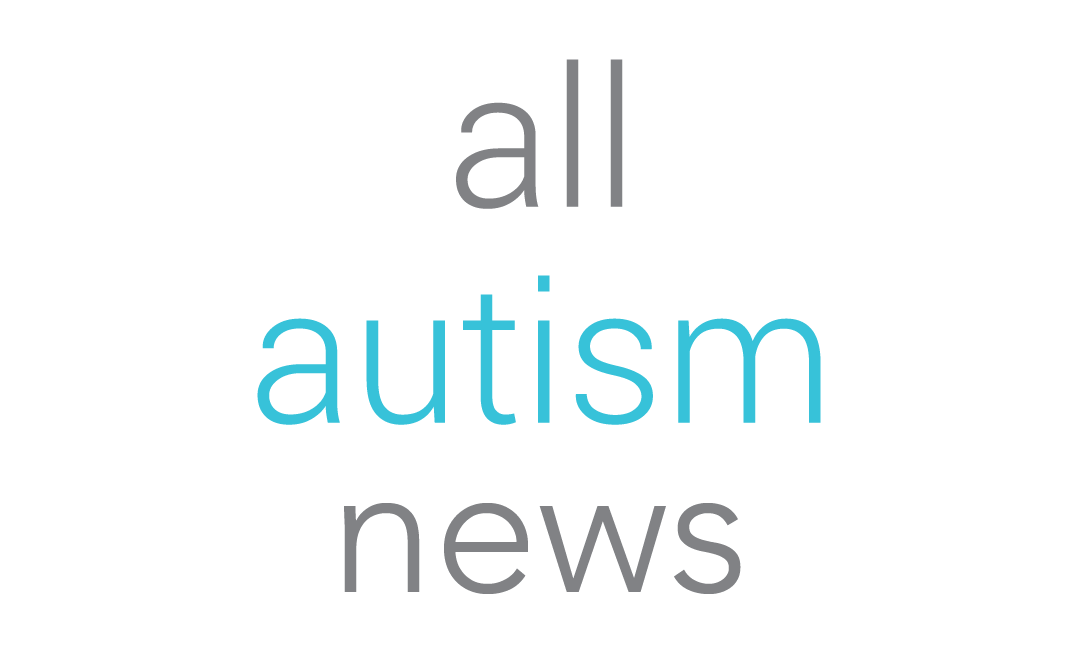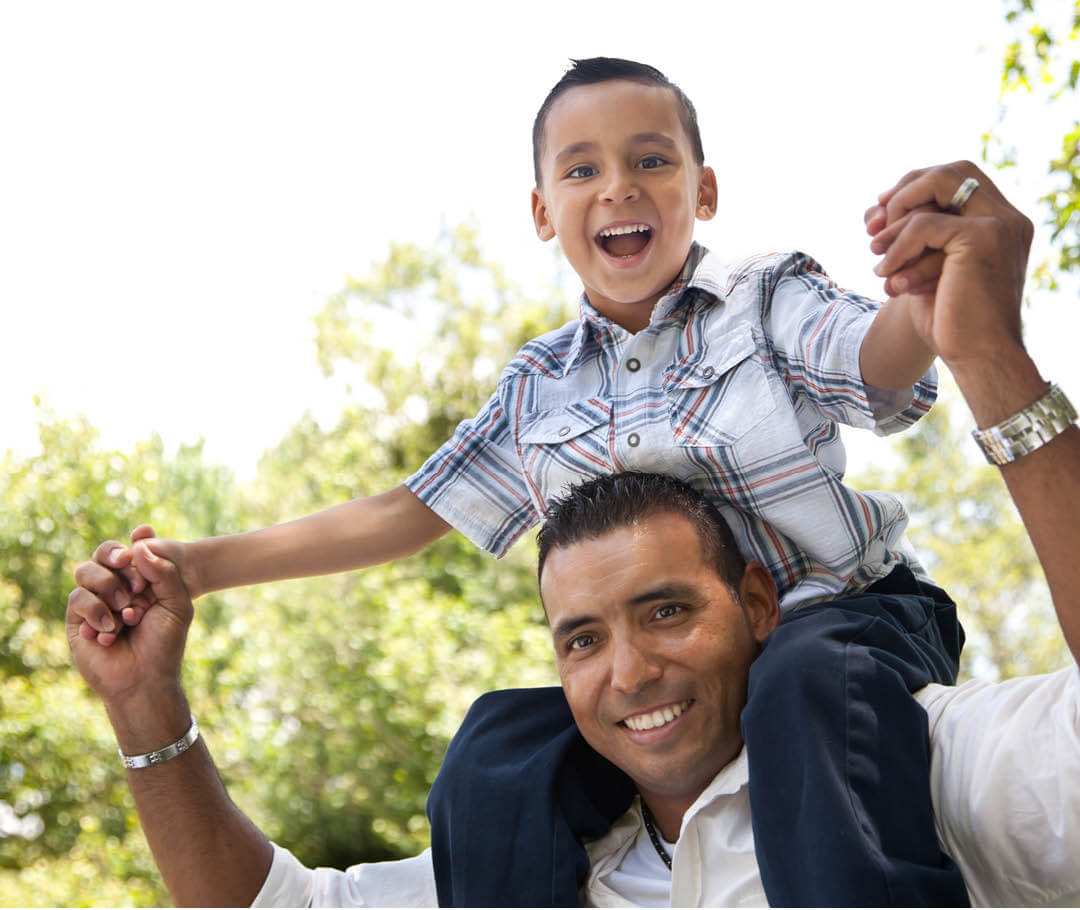November 7, 2025
February Digest
FEATURED POSTS
Welcome to our All Autism News series! Whether you’re a parent, advocate, professional in the field or individual with autism, All Autism News is here to give you a summary of this past month’s biggest news stories affecting the autism community.
National News
New U.S. autism guidelines call for early treatment
Spectrum – Pediatricians should start treating children who show signs of autism even before tests confirm a diagnosis, according to the newest recommendations from the American Academy of Pediatrics.
Autism prevalence in the United States explained
Spectrum – The rise has sparked fears of an autism ‘epidemic.’ But experts say the bulk of the increase stems from a growing awareness of the condition and changes to its diagnostic criteria.
Research
Study ties gene active in developing brain to autism
Spectrum – Mutations in a gene called ZNF292 lead to a variety of developmental conditions, including autism and intellectual disability, according to a new study.
A Quarter Of Kids With Autism Go Undiagnosed, Study Suggests
Disability Scoop – A substantial number of children who meet the criteria for autism are failing to receive a formal diagnosis, according to a new study based on data from the Centers for Disease Control and Prevention.
Early life experiences may shift severity of autism
Spectrum – A child’s environment exerts a strong influence on the severity of her autism, according to a study of 78 pairs of identical twins in which at least one twin has autism.
Teens & Adults
When My Daughter on the Autism Spectrum Asked Why I Was Crying
Yahoo! – My daughter, who is 8 years old, is on the autistic spectrum. She was diagnosed over a year ago, has been in ABA therapy for about eight months, and has been making slow but still steady progress. However, that doesn’t exempt us from bad days. Yesterday was one of them.
Intelligence, behavior shape adulthood for people with autism
Spectrum – Just two factors assessed in childhood predict how well people with autism will function as adults, according to a new study: intelligence quotient (IQ) and behavioral problems such as hyperactivity.
Early Treatment for Autism Is Critical, New Report Says
The New York Times – The average age of diagnosis is now around 4 years, but the goal is to get it well under 2, she said. And children who are at higher risk — for example, those whose siblings have A.S.D. — should receive especially close screening and attention.
With Blog, Teen with Autism Gains Voice
Disability Scoop – A few years ago, Mitchell Robins wasn’t able to tell anyone precisely what he was thinking. He lost the ability to speak when he was 4 and relied primarily on a system of pictures and limited sign language to tell his parents and caregivers what he wanted to eat or when he felt sick or how he wanted to spend his time. Then his parents realized he could spell.
Siblings of autistic children may have distinct facial features
Spectrum – Siblings of autistic children, like those with the condition, tend to have faces that are more masculine than average, according to a new analysis. The analysis classified features such as a wide forehead and long nose as masculine.










